State taking action to confront opioid crisis, but is it making a difference?
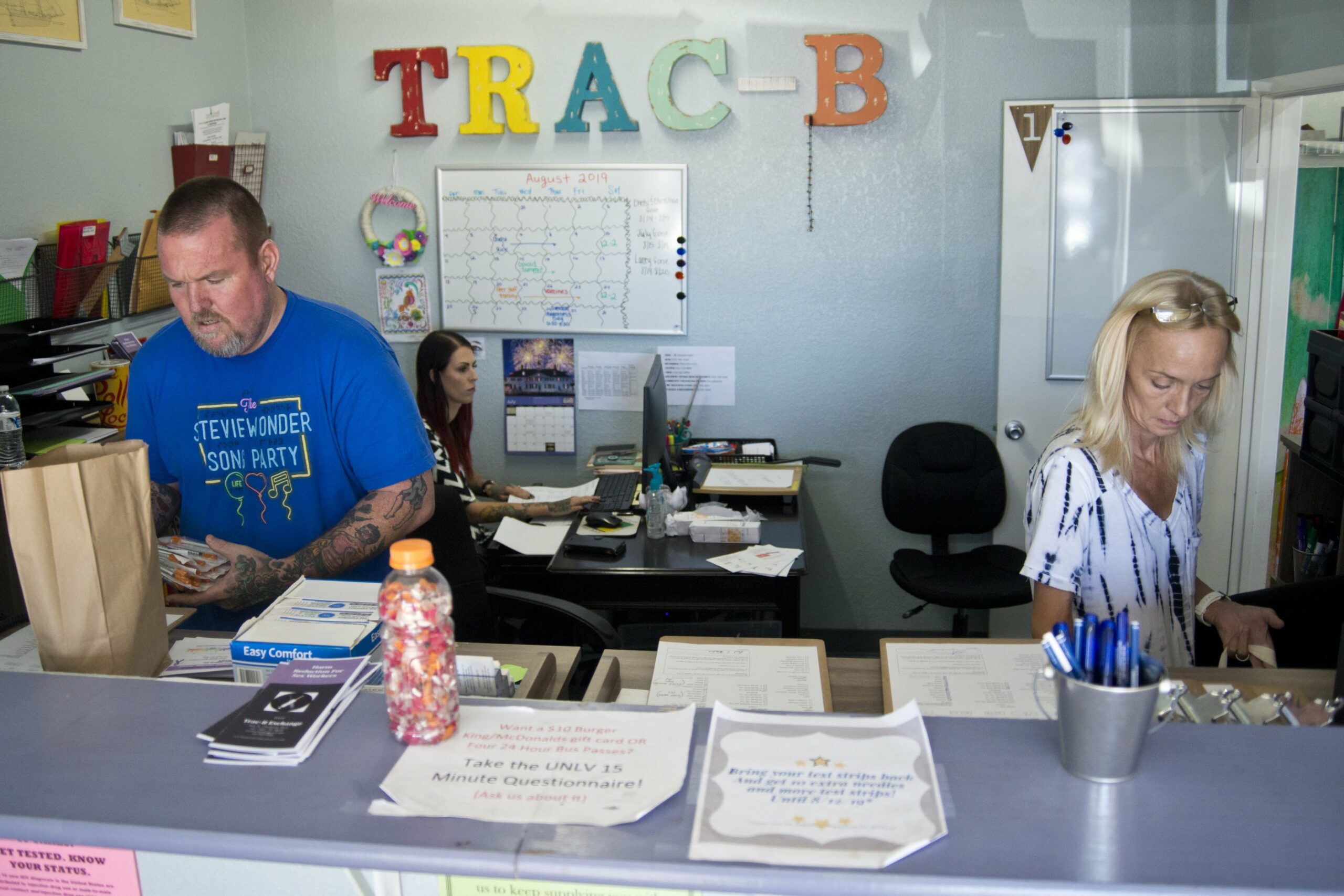
About five years ago, Nevada started taking high-profile steps toward tackling the opioid crisis. There were bills to curb doctor-shopping and over-prescribing in 2015 and 2017, a statewide opioid summit in 2016 and a cascade of lawsuits against opioid manufacturers from the state and local governments in the past few years.
But has the growing awareness and response made a dent in the epidemic?
Scores of law enforcement, treatment professionals, elected officials and others gathered in Las Vegas this week for a two-day conference where they assessed progress and exchanged ideas on how to better tackle opioid abuse.
Officials say there were 360 opioid deaths in Nevada in 2018, which is down from 401 in 2017 and 393 in 2016.
Authorities say they are seeing fewer pharmaceutical drugs on the street — the number of opioid prescriptions has dropped from 74.9 per 100 Nevada residents in 2017 to 52 per 100 in 2018.
But experts worry they are in the midst of a “third wave” in the crisis: Moving from overprescribing that began in the late 1990s, to abuse of heroin and now a phase involving the rise of exceptionally dangerous synthetic opioids such as fentanyl that are either prescribed or illegally manufactured.
Here are some takeaways from the event:
More traffic for prescription monitoring database
Gov. Steve Sisolak praised progress the state is making in curbing doctor-shopping, noting a fivefold increase in the number of queries into the Prescription Drug Monitoring Program, from 121,000 in 2014 to more than 700,000 in 2018.
The system is meant to ensure people are not obtaining multiple prescriptions from multiple doctors as a way to stock up on opioids. It can be used to cross-check whether a person has already been prescribed a powerful painkiller by another physician.
“We are moving the dial on opioid addiction and it’s a difficult dial to move,” Sisolak said in a speech kicking off the summit. “This change is a huge step to ensure that prescriptions are being made available to those that need them, while keeping them out of the hands of those who may be looking to merely make a profit from these powerful drugs and capitalize on folks’ suffering.”
He also noted a 50 percent decrease in the number of people being prescribed both an opioid and a benzodiazepine — a sedative with brand names including Xanax and Valium — in the same month. The combination is a significant driver in accidental overdose deaths.
The increased use of the database, which has been around since 1997, follows the passage of bills in 2015 and 2017 that aim to hold doctors accountable for unnecessary prescriptions. A 2015 bill required prescribers check the database and review a patient’s prescription history before calling for more opioids.
A 2017 bill requires all providers to enroll in the Prescription Monitoring Program and makes it easier for boards to use the system to address over-prescribing.
Sisolak said the change has “dramatically increased the amount of data that the state has available to develop a focused response for Nevada communities.”
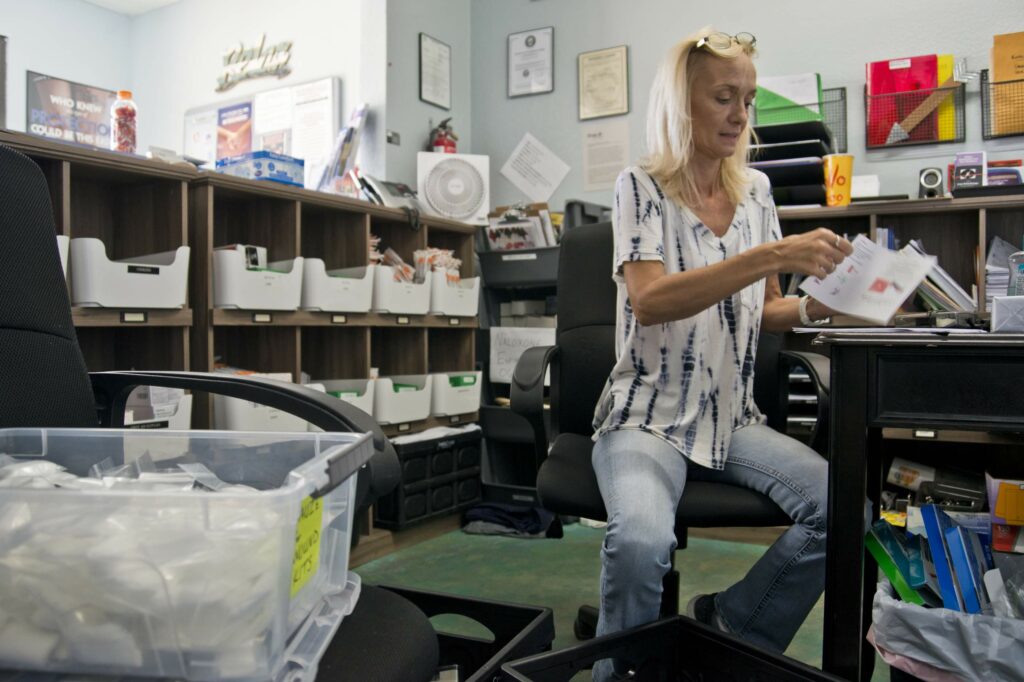
Lawsuits against pharmaceutical companies
Democratic Attorney General Aaron Ford highlighted an expanded lawsuit his office filed in June against 40 defendants, including big-name pharmaceutical manufacturers and distributors.
Defendants’ actions “created an unprecedented health crisis for their own profit, and the deaths of thousands of Nevadans is on their hands,” Ford said in a keynote address. “Their conspiracy to dupe doctors into prescribing more and more deadly and addictive pills has left countless Nevada families in this state suffering in the wake of what I believe is ultimately greed.”
Additionally, there have been lawsuits brought by a number of local jurisdictions and Ford’s former law firm, Eglet Prince.
But the response from his office has gone beyond the ongoing court battle.
Starting under the administration of then-Attorney General Adam Laxalt, the office has dedicated money from a $5.5 million settlement with Volkswagen over an emissions cheating scandal to opioid response. That funding has supported:
- Hiring Terry Kerns, a retired FBI agent and nurse who coordinates the state’s opioid response, including training medical professionals how to respond to overdoses
- Distribution of hundreds of thousands of dollars to buy naloxone, a drug that can reverse overdoses
- Purchasing pill incinerators to safely dispose of unused prescription drugs in rural counties, preventing the drugs from ending up in the wrong hands
- Awarding grants to the Boys & Girls Club to educate youth with the goal of preventing addiction
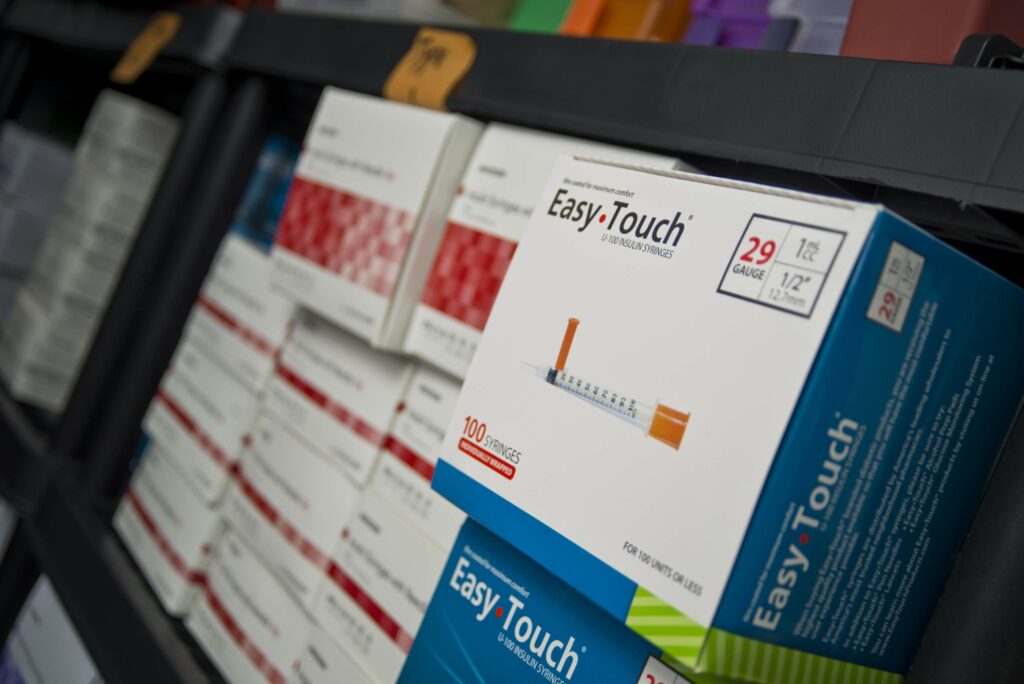
Improving police response to people in crisis
Kerns, who is coordinating a statewide response to the opioid crisis, said it’s important to remember that mental health issues often go hand-in-hand with substance abuse. Some research suggests that as many as 75 percent of people abusing drugs or alcohol have a mental disorder as well.
“You really can't look at substance use disorder in a silo without also looking at mental health issues,” she said.
A new focus has been training law enforcement on how to work with people in crisis, so they are diverted to professionals who can address the root cause of their behavior rather than to jail time and time again.
“Previously, officers weren't always given the tools to deal with these individuals, but that's beginning to change,” Kerns said.
The Las Vegas Metropolitan Police Department, for example, now requires that all new recruits take a 40-hour crisis intervention training course. Officers are taught what resources are available in the community and how to de-escalate chaotic situations.
Trainees are even given headphones and told to listen to a recording with five or six voices going at the same time, so they understand what experiencing a mental health crisis can be like.
Another strategy has been having mental health clinicians ride along with officers responding to calls. Both parties can learn from each other through the experience.
“One of the things we have to do as law enforcement is shift our mindset and focus on helping these people in order to divert them,” said Marquis Hines of Metro’s Law Enforcement Assisted Diversion Program (LEAD). “Not to say that some people still don't need to go to jail. And that's where we kind of find that line between helping people and still protecting the public because we do have that obligation as well.”
He said what helped change his own mindset was seeing positive outcomes by taking actions other than arresting a person in crisis, such as referring them to a counseling center or a mental health clinic.
“I used to have two options. Now I have 10 options, I have 20 options,” he said at a panel discussion. “Just being open to new education plays a part.”
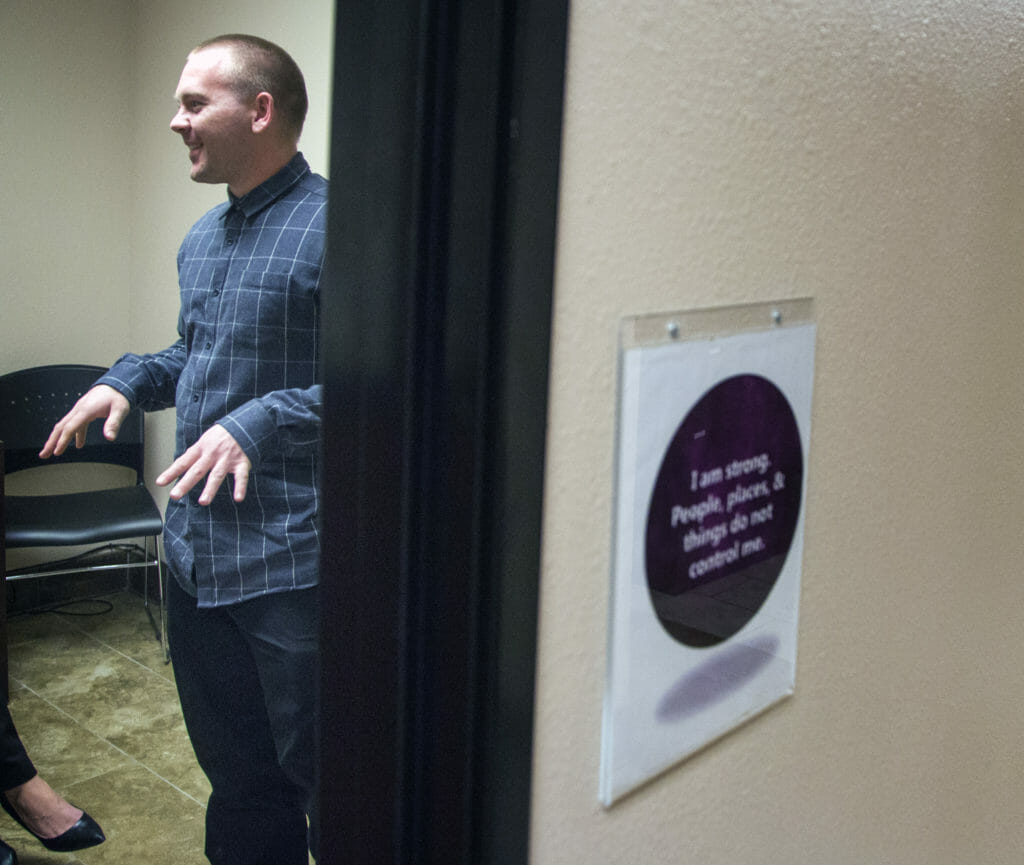
Surmounting tribal community challenges
The opioid epidemic has hit Native American populations particularly hard, and tribes may have fewer resources to address it than other communities.
According to Centers for Disease Control and Prevention (CDC) data, American Indian and Alaska Native populations had the second highest overdose rates from all opioids in 2017 among racial/ethnic groups in the U.S.
Quinton Thomas, the medical director of the Washoe Tribe’s Healing Center, says that the growing prevalence of opioids within the community can be attributed to centuries of pain, ease of access to opioid treatments and lack of modern infrastructure and trust in the government.
“When you work with Indian health, it actually comes from your heart,” Thomas said. “We are walking miracles, from the experiences of genocide that we’ve gone through. As long as we have a voice, we have to speak up for those that can’t.”
Thomas, who himself is of Navajo descent, says that the isolation of living on reservations and lack of concern from tribal leadership leads to less people speaking out about the issue. Drug abuse and suicide rates amongst Native Americans are higher on reservations as well, particularly among people age 15 to 24.
“They are living with generational trauma,” therapist Danielle Lukin said. “This pain has been getting passed on genetically for decades. It is important that people know the history of why this has been happening.”
The Healing Center plans to address this issue by hiring staff with incentives to stay on the reservations. Due to high turnover of the clinic and decades of mistrust in outsiders, those on the reservations tend not to trust the medical staff and fail to seek the treatment that they need.
There have been training sessions on how to use anti-overdose drug naloxone, as well as five new social worker hires and more counseling to address drug and alcohol abuse. Panelists emphasized that being deeply invested in the tribal communities is the best way to gain trust and start fixing the problems.
“Showing up every day and attending their events even when you’re off the clock makes a difference in these communities,” Thomas said. “Just because they have help and resources, doesn’t mean they’ll let you in. You need to build that trust and earn it.”
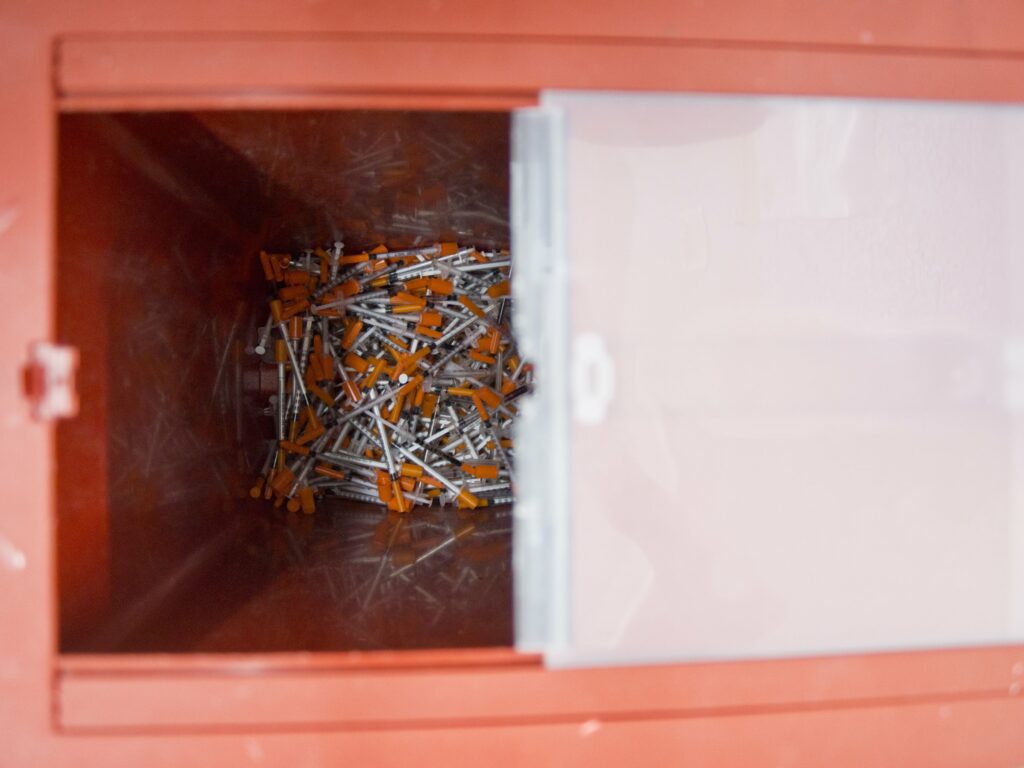
Connecting survivors to treatment
When drug users survive an overdose, teams of people are there to help them in the aftermath. Nevada’s resources for supporting them were the theme of a panel discussion about “Integrated Opioid Treatment and Recovery Centers,” an initiative launched when Nevada won a federal grant in 2017 to improve drug treatment.
Hospitals can call in a mobile recovery outreach team, which may include a licensed drug and alcohol counselor and a “peer” — someone who has successfully completed recovery themselves and is working to support others trying to recover.
The teams first try to assess whether the person has their basic needs met — food, shelter and clothing. The last question they ask is whether the person wants to seek treatment.
Sometimes, knowing the person is not ready to accept treatment, they don’t propose treatment at all and simply ensure the person has a supply of anti-overdose drug naloxone and clean syringes to prevent the spread of HIV, if they’re an intravenous drug user.
Lisa Lee, the program director at Foundation for Recovery in Reno, has experienced heroin addiction herself and was homeless for eight years. She emphasized the importance of helping people make their own decisions as they are struggling with drug abuse.
“That paternalistic model says, ‘Hey, this is the plan for you. This is what you're going to do. And here's how you go about it,’ and how often does that work?” she said. “And then we say, well, it failed. The patient failed treatment. No, the treatment failed that person.”
She advocates for a more “person-centered” approach — offering people a menu of options for taking control of their situation and giving them “access to their own autonomy and self determination.”
“A patient-centered approach is a participatory model. It's this, ‘Hey, what do what you need? What is your plan? What medication choice is best for you?,’” she said. “You are free to make the right decision for your life. And I guarantee you people are more likely to do something that they see is their own goal. They're more likely to follow through.”
Lee underscored the role peers can have in helping someone find hope. She described responding to a call for a patient who had cycled in and out of the hospital through the course of an addiction.
The patient was cursing at the white-coated doctors, nurses and medical students in the room who had closed in. But the patient avoided yelling at her, dressed in street clothes, and she had the chance to talk with that patient about what gives meaning to their life.
At the time, the person said they were hopeless and just wanted to die, and the entire episode was traumatic for her. But a few days later, she learned that person had entered treatment.
“Here's the part that I still cry about— this person said, ‘Now I have hope. Now I know my life has meaning,’” Lee said. “So this person went from hopeless to hope-filled. And that is the value of peers in an emergency.”
Congressional response
Rep. Susie Lee says that lawmakers on Capitol Hill on both sides of the aisle need to come together to address the proliferation of opioids as well as the pharmaceutical industries reach in politics.
“Listen, I don’t need to tell you about the power of Pharma in DC,” Lee said in a speech. “We need elected officials that will stand up to them and addiction. I’m here to be with you every step of the way. The only way to solve this public health crisis is to bring all of our resources together.”
Addressing the opioid crisis was among the first of Lee’s congressional proposals. A member of the Freshmen Working Group on Addiction started by Maryland Rep. David Trone, she co-sponsored with Trone the State Opioid Response Grant Authorization Act to authorize $1 billion in grants to address the opioid crisis.
The bill was introduced in May but so far has not been taken up for further action.
“Opioid abuse doesn’t care if you live in a red state or a blue state or a purple state, and addiction does not care about the D or R or I next to your name in the ballot box,” Lee said. “It’s immune to partisanship, race, socioeconomic status, or ZIP code.”

